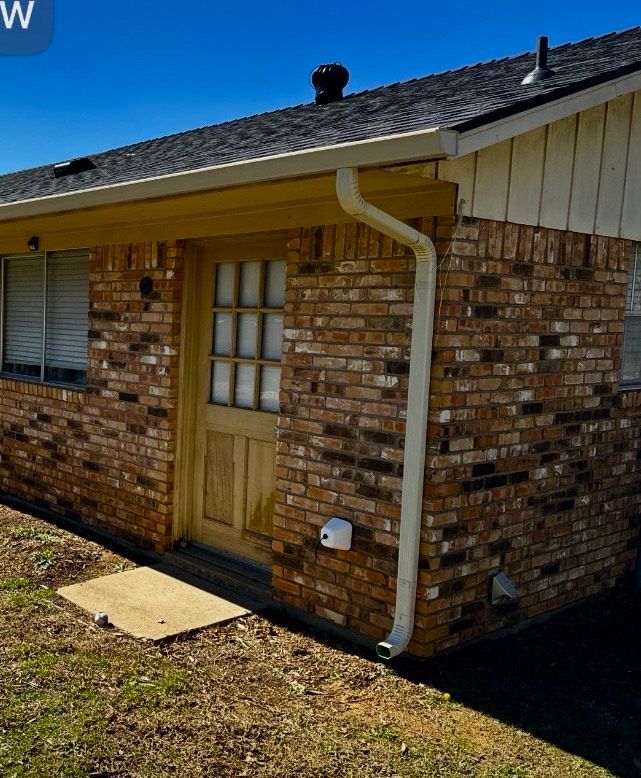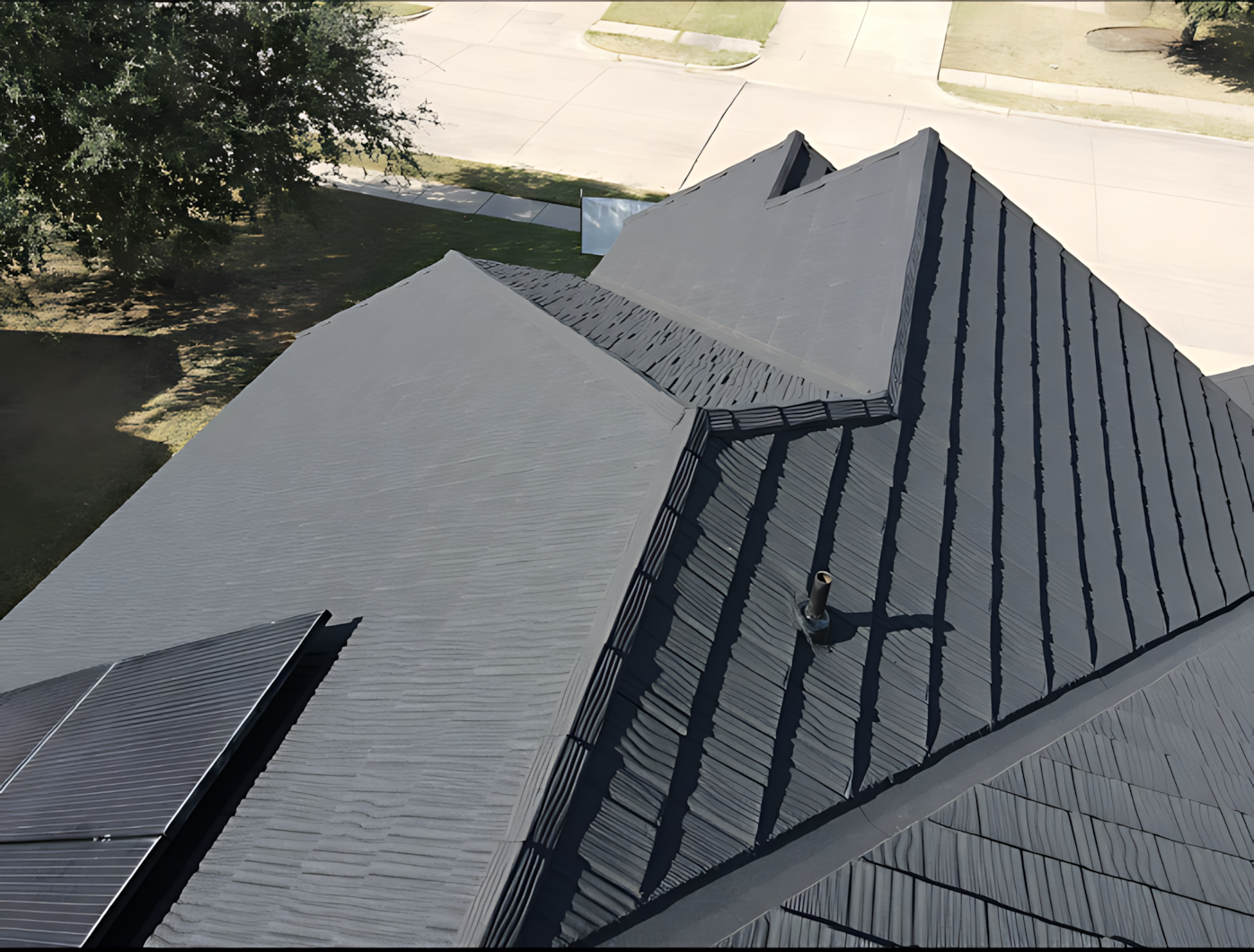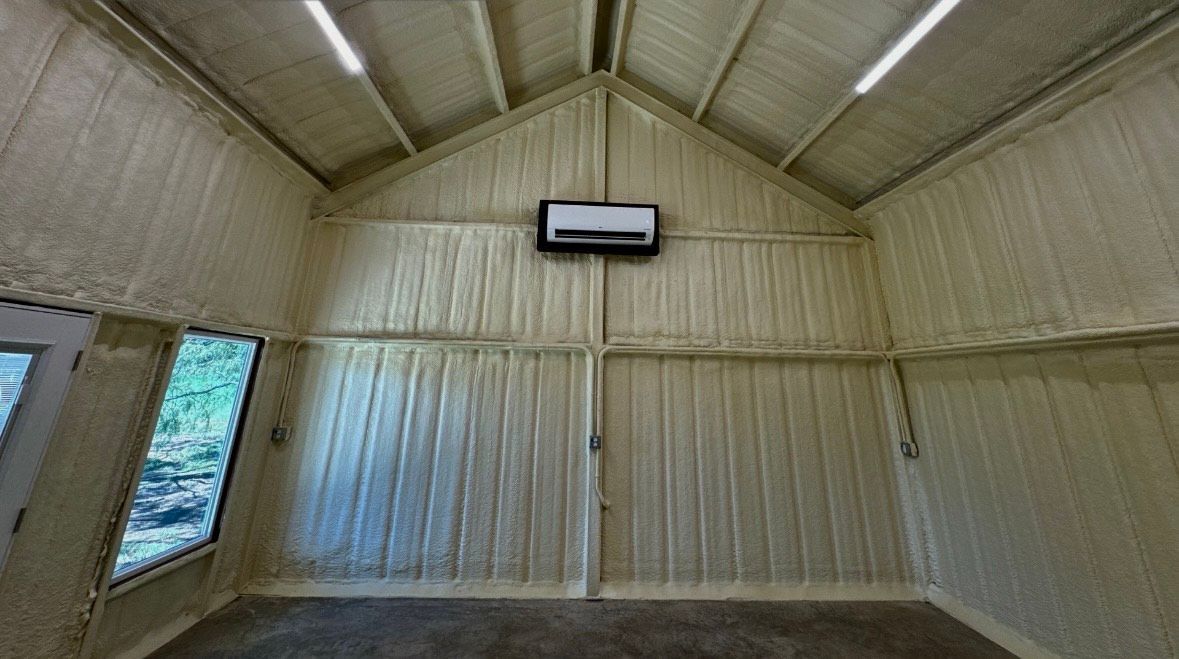Understanding the Importance of Pouring a Concrete Slab for a Strong Foundation
Pouring a concrete slab is a critical step in many construction projects, providing a durable and stable foundation. Whether you’re building a patio, driveway, or foundation, following the right steps ensures a successful pour. Here’s a guide to help you through the process:
Preparation
1. Site Assessment:
Ensure the ground is level and compact. Remove any vegetation, rocks, or debris that might interfere with the slab.
2. Formwork:
Construct wooden forms to outline the slab’s shape and contain the concrete. Make sure the forms are level and secured to prevent movement during the pour.
3. Subgrade and Base:
Lay a compacted gravel base to provide stability and proper drainage. Add a vapor barrier if necessary to prevent moisture from seeping through the slab.
Reinforcement
1. Rebar or Mesh:
Use reinforcing steel bars (rebar) or wire mesh to strengthen the concrete and prevent cracking. Position the reinforcement evenly within the formwork.
2. Consult a Professional:
There are multiple options in this category. Consult a professional for the right application for your specific project.
Mixing and Pouring
1. Concrete Mix:
Use a high-quality concrete mix suitable for your project’s requirements. You can either mix it on-site or have it delivered pre-mixed.
2. Pouring:
Start pouring the concrete at one end of the form and work your way across. Use a shovel or rake to spread the concrete evenly.
Leveling and Finishing
1. Screeding:
Use a straight edge or screed board to level the surface by moving it across the top of the forms in a back-and-forth motion.
2. Floating:
After screeding, use a bull float to smooth the surface and bring up any moisture for a more finished look.
3. Troweling:
For a smoother finish, use a hand trowel once the concrete has partially set.
Curing
1. Curing Process:
Proper curing ensures the concrete reaches its full strength. Keep the surface moist by misting it with water or covering it with a curing compound or plastic sheeting.
Tips for Success
1. Weather Conditions:
Avoid pouring concrete during extreme heat, cold, or rain. Ideal conditions are cool, overcast days.
2. Consistency:
Maintain a consistent mix and pour rate to prevent weak spots or uneven curing.
3. Professional Help:
For large projects or critical structures, consider hiring a professional to ensure the pour is done correctly.
By following these steps, you can achieve a strong and durable concrete slab that will serve as a solid foundation for your project.
Let Us Do the Work for You!
Give us a call for your next concrete project at 817-774-1298.
















